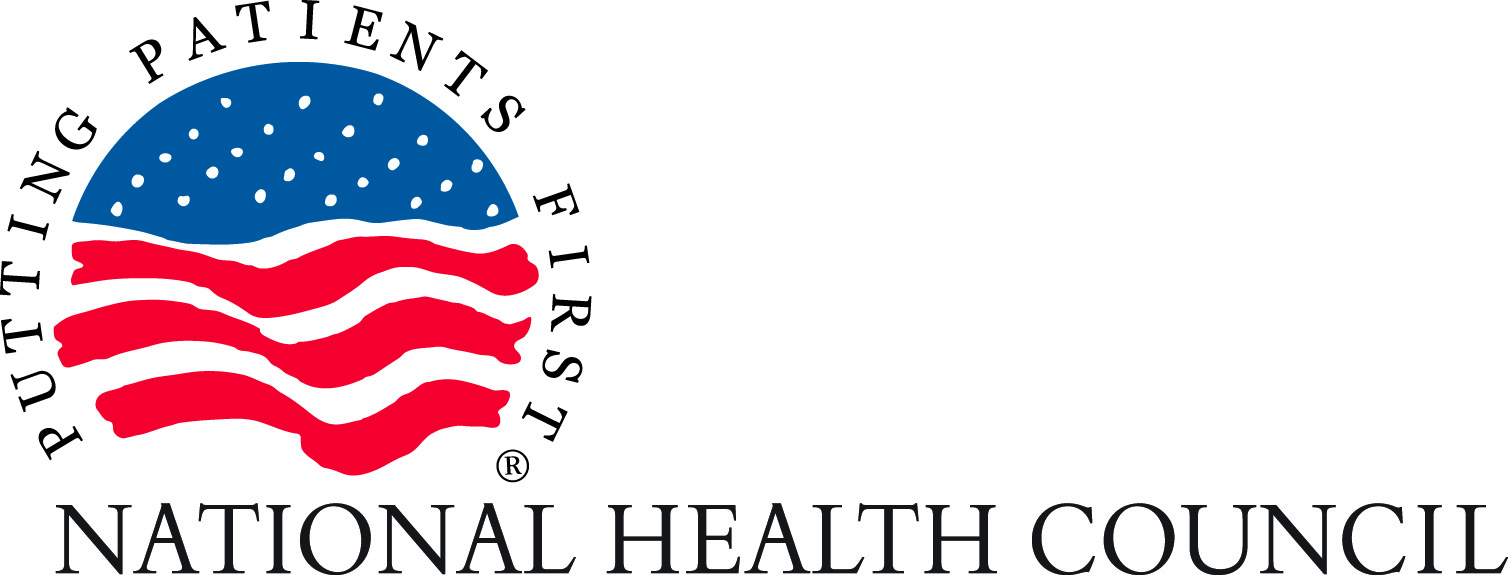

Cardiovascular Disease Risk in Women of Color
By: Karen Mancera-Cuevas, DrPH, MS, MPH, CHES Senior Director, Health Equity
Every February we observe American Heart Month, and health campaigns highlight the importance of prevention and early detection. However, how does cardiovascular disease (CVD) impact women — particularly those who represent diverse communities — and what can be done, if anything, to reduce risk factors?
The risk of heart disease increases after menopause, but younger women are also at risk of developing the disease. Risk during menopause is frequently associated with decrease in estrogen and weight gain. Modifications in dietary consumption, increase in exercise and management of health conditions are advised.
In women of color, the statistics are startling. Approximately 50% of Black women over age 20 have heart disease, and 40% have high blood pressure. Native American women have a greater risk of death due to cardiovascular disease by 65. South Asian women have the highest rate of heart disease in Asian American groups and Hispanic women, although more prone to become diagnosed with diabetes, have overall increased cardiovascular risk. Cardiovascular disease is the leading cause of death for Hispanic/Latina adults. Paradoxically, despite a higher prevalence of diabetes, obesity, and metabolic syndrome, particularly in women, CVD death rates have remained 15% to 20% lower than in non-Hispanic White women. This phenomenon is described as the Hispanic Paradox and is still being studied to determine causation and epidemiology that require further analysis due to historical weakness of cross-sectional studies.
Indicators such as Social Determinants of Health (SDOH) and non-biological factors affect cardiovascular disease risk. Moreover, reduction of access to care barriers improves the likelihood of health outcomes that increase the quality of life of diverse representative women most at risk. Mental health and psychosocial stressors have also demonstrated a correlation that has a significant effect on cardiovascular health in women of color enduring poverty, environmental hazards, migration, and poor working conditions.
Obstacles determining accurate cardiovascular risk in American Indian/Alaska Native women remains challenging because many available national data sets underreport the burden of CVD because of small sample sizes and/or racial misclassification. Scholarly evidence also suggests perceived discrimination and racism are contributing factors for cardiovascular disease in women of underrepresented races and ethnicities contributing to cardiovascular disparities.
Although cardiovascular disease messaging has improved targeting women’s health, greater understanding must be acquired on the causation of biologic influencers which place particularly women representative of diverse communities most at risk. Culturally specific lifestyle recommendations are also key to understanding health behavior change and maintenance. Furthermore, the connection between health literacy/language, along with SDOH indicators that impact the three main drivers of cardiovascular risk, needs to be further explored including traditional risk factors (diabetes, poor diet, smoking); pregnancy-related risk factors (pre-term delivery, gestational hypertension); and other female-specific factors (menopause, mental health, autoimmune disorders).



